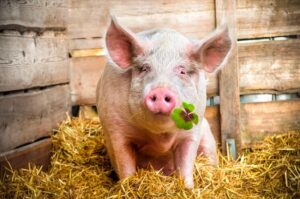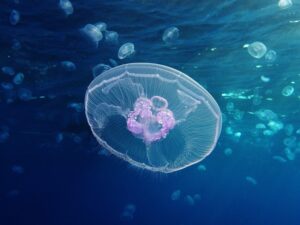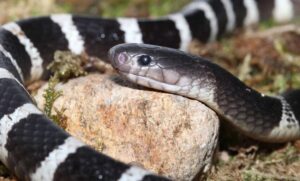Australia isn’t just famous for its unique architecture and magnificent natural landscapes; its diverse flora and fauna are also a big draw for tourists. Once you set foot on this land, the Top 10 Most Common Animals in Australia will surely amaze and delight you. Let’s explore them in detail in the following article from KnowAllAnimals.
1. Top 10 Most Common Animals in Australia
If you want to know what the most common and numerous animals in Australia are, the following information will give you the most accurate answers.
1.1. Kangaroo
- Kingdom: Animalia
- Phylum: Chordata
- Class: Mammalia
- Infraclass: Marsupialia
- Order: Diprotodontia
- Suborder: Macropodiformes
- Family: Macropodidae
When you think of Australia, the first animal that comes to mind is the kangaroo—the symbol of the Southern Hemisphere. Male kangaroos are often aggressive with each other, fighting for mates, but they are quite shy when they meet humans. They have extremely powerful legs and can deliver a kick as strong as a professional boxer.
You will find kangaroos in almost all of Australia’s wildlife sanctuaries and zoos. However, encountering a wild kangaroo is much more exciting. Wild kangaroos are most active at dusk, and they can be seen frequently around beaches and along the roadsides of major cities.
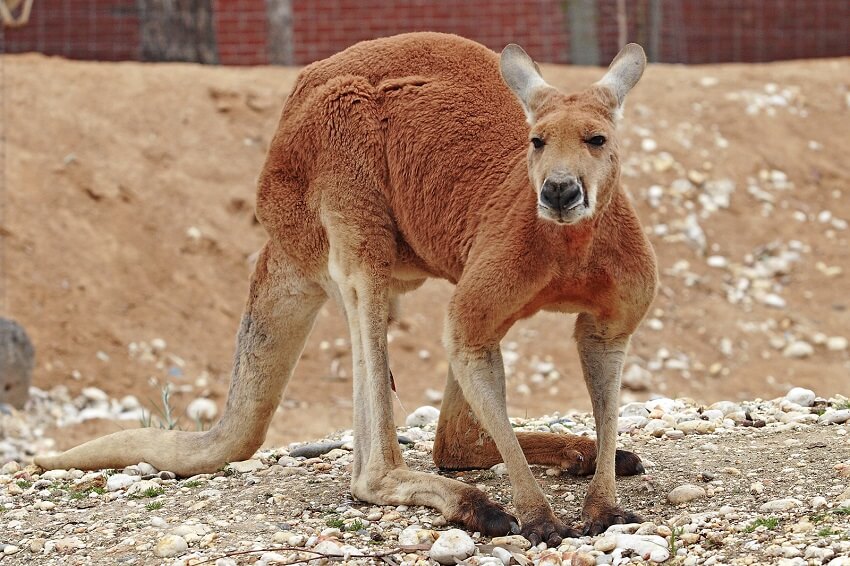
References: https://en.wikipedia.org/wiki/Kangaroo
1.2. Koala
- Kingdom: Animalia
- Phylum: Chordata
- Class: Mammalia
- Infraclass: Marsupialia
- Order: Diprotodontia
- Family: Phascolarctidae
- Genus: Phascolarctos
- Species: P. cinereus
The koala is a small marsupial that lives in Australia and eats plants. Like many other marsupials such as kangaroos, wombats, and Tasmanian devils, koalas have a small pouch on their belly. These animals are so cute that they make anyone want to go up and cuddle them. However, koalas are a bit different because they don’t have a tail and live by clinging to trees. Newborn koalas are hairless and have their eyes closed. They immediately crawl into their mother’s inverted pouch and stay there for 6–7 months.
Koalas spend a lot of time sleeping; on average, they sleep for 18–20 hours a day. The states of Queensland, New South Wales, Victoria, and South Australia have the largest koala populations. For example, the large Healesville Sanctuary in Melbourne, Victoria, is a very popular destination for Australian tourists.
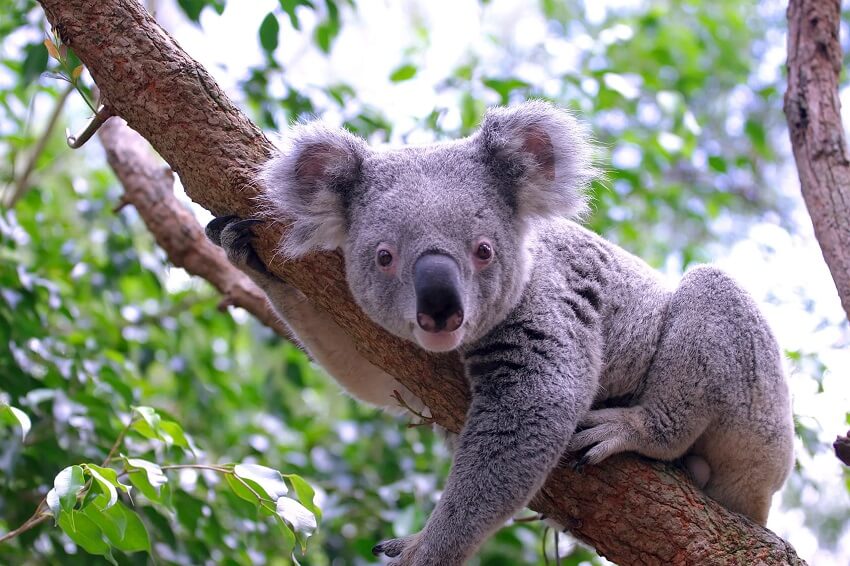
References: https://en.wikipedia.org/wiki/Koala
1.3. Wallaby
The wallaby looks quite similar to a kangaroo, but it is smaller in size, which is very easy to notice when they are standing next to each other. This native Australian animal lives in remote, rocky, or rugged mountainous areas.
Wallabies have two characteristic colors: ash gray and albino white. They only eat grass, so they are very easy to care for. They love to run and jump, are good swimmers, and have a playful nature like a child. There are about 30 species of wallabies scattered throughout Australia, divided into small groups.
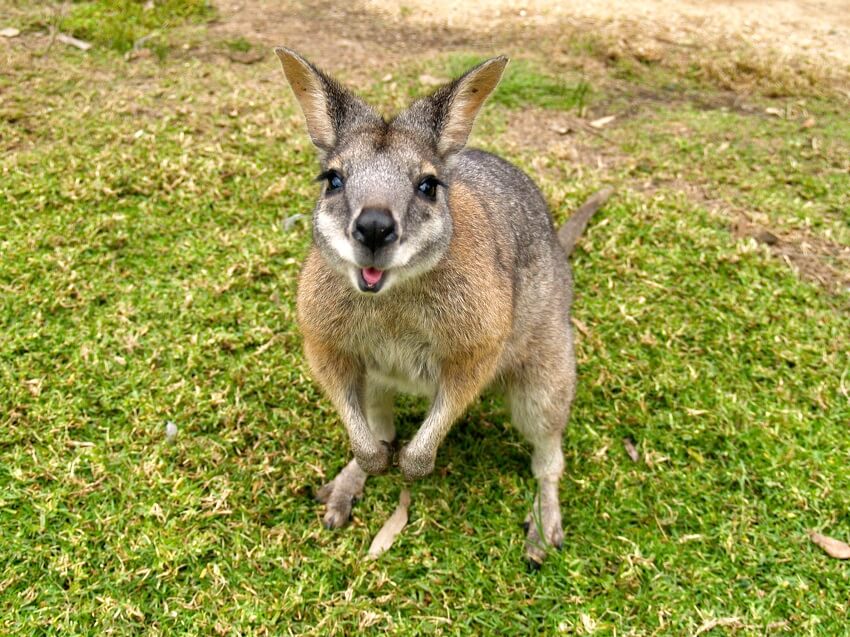
References: https://en.wikipedia.org/wiki/Wallaby
1.4. Quokkas
- Kingdom: Animalia
- Phylum: Chordata
- Class: Mammalia
- Infraclass: Marsupialia
- Order: Diprotodontia
- Family: Macropodidae
- Subfamily: Macropodinae
- Genus: Setonix Lesson, 1842[3]
- Species: S. brachyurus
With their teddy bear ears, tiny doe eyes, and a mouth that always seems to be smiling, Quokkas have been dubbed the happiest animals in the world. Rottnest Island in Western Australia is a major tourist destination that attracts visitors from all over the world with its beautiful beaches, bays, and these adorable animals. Quokkas are marsupials in the macropod family and are nocturnal, with poor eyesight during the day. Quokkas particularly love interacting with people, and they win over tourists with their bright smiles.
Their lives are quite free, as they are not threatened by natural predators. Quokkas are used to humans and will often sneak into restaurants and campgrounds to beg for food. They are very photogenic and love to take selfies, so all you need to do is pull out your phone and turn on the camera, and a Quokka will instantly be in your frame.
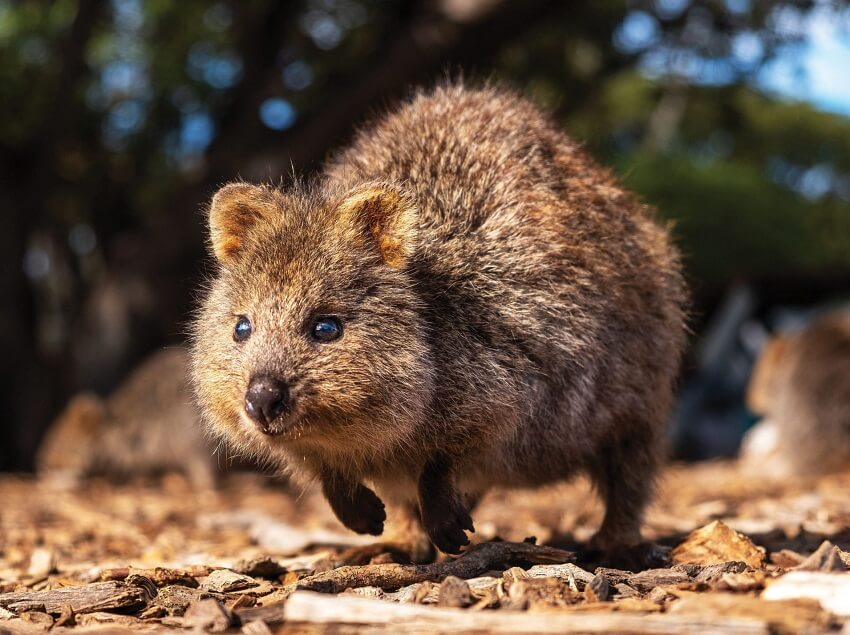
References: https://en.wikipedia.org/wiki/Quokka
1.5. Tasmanian Devil
- Kingdom: Animalia
- Phylum: Chordata
- Class: Mammalia
- Infraclass: Marsupialia
- Order: Dasyuromorphia
- Family: Dasyuridae
- Genus: Sarcophilus
- Species: S. harrisii
The Tasmanian Devil is currently the largest carnivorous marsupial in the world. They live in the wild on the islands of Australia, and their average size is only that of a small dog. With their bright red ears, wide jaws, sharp teeth, and loud growl, Tasmanian Devils frighten many animals.
Even so, they are lazy hunters and always wait for food to be provided for them. Tasmanian Devils have a dark coat, a round body, and a small pouch to carry their young. Once found on the Australian mainland, Tasmanian Devils are now only found on the island of Tasmania and in some of Australia’s wildlife parks.
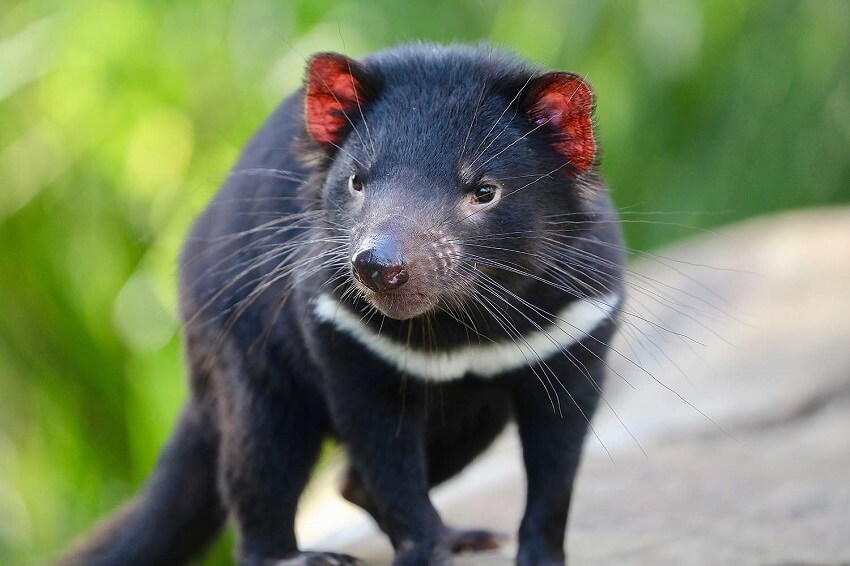
References: https://en.wikipedia.org/wiki/Tasmanian_devil
1.6. Wombats
- Kingdom: Animalia
- Phylum: Chordata
- Class: Mammalia
- Infraclass: Marsupialia
- Order: Diprotodontia
- Superfamily: Vombatoidea
- Family: Vombatidae Burnett, 1830
Wombats are a stout marsupial that looks like a baby bear. Thanks to their thick coat, they are able to comfortably stay active throughout the long winter. Their strong front limbs make it easy for them to dig up anything that’s buried under a thick layer of snow. Wombats primarily eat grass and other plants.
Because they sleep during the day and only forage for food at night, even locals rarely get a chance to see them. Despite their short, chubby appearance and slow walking speed, they can run very fast to defend their territory when attacked. Cradle Mountain in Tasmania, the Blue Mountains outside of Sydney, or wildlife parks in Australia are places where tourists have the opportunity to meet these animals.
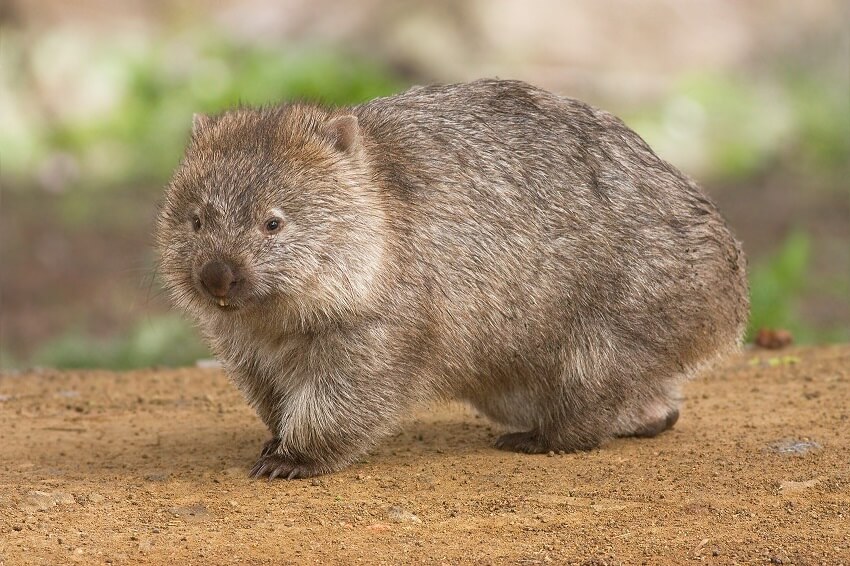
References: https://en.wikipedia.org/wiki/Wombat
1.7. Dingo
- Kingdom: Animalia
- Phylum: Chordata
- Class: Mammalia
- Order: Carnivora
- Suborder: Caniformia
- Family: Canidae
- Subfamily: Caninae
- Genus: Canis
- Species: C. familiaris
Dingoes are wild dogs that live only in the remote regions of the Australian mainland. Dingoes have excellent instincts, are agile, and are especially intelligent. They have an incredible ability to climb and can rotate their necks up to 180 degrees. Although they share many traits with other dogs, they are shy and avoid humans. While they are not a common pet, in states like New South Wales, Victoria, and Western Australia, people need a license if they want to own a dingo.
This is to ensure they have enough space to live. Most zoos and wildlife parks raise dingoes. However, tourists can go to Fraser Island off the coast of Queensland to witness the wild lives of dingoes firsthand.
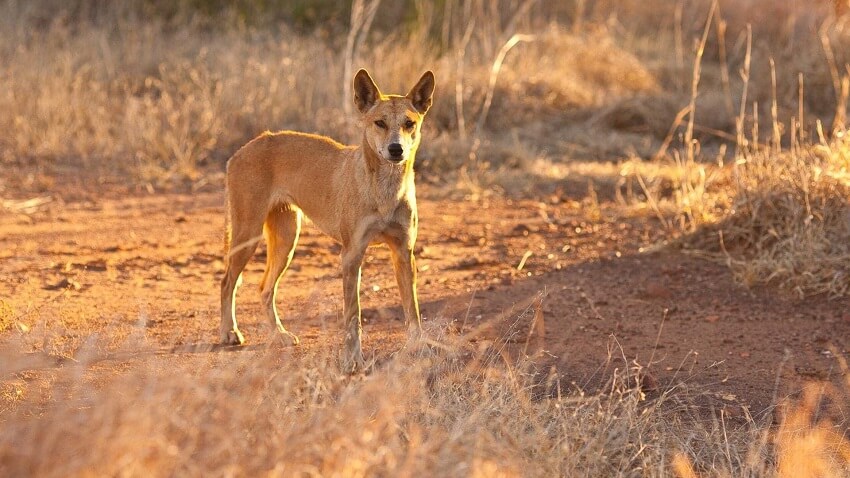
References: https://en.wikipedia.org/wiki/Dingo
1.8. Tree Kangaroo
- Kingdom: Animalia
- Phylum: Chordata
- Class: Mammalia
- Infraclass: Marsupialia
- Order: Diprotodontia
- Family: Macropodidae
- Subfamily: Macropodinae
- Genus: Dendrolagus S. Müller, 1840
The Tree Kangaroo is a species of kangaroo that lives in trees and has a shy nature like a child. They live in the tropical rainforests of mountainous Queensland, New Guinea, and the surrounding islands.
Tree Kangaroos are better at climbing trees than they are at moving on the ground. Their diet consists mainly of fruits, bark, leaves, and plants found in their habitat. Their sharp, strong claws make it easy for them to cling to tree trunks.
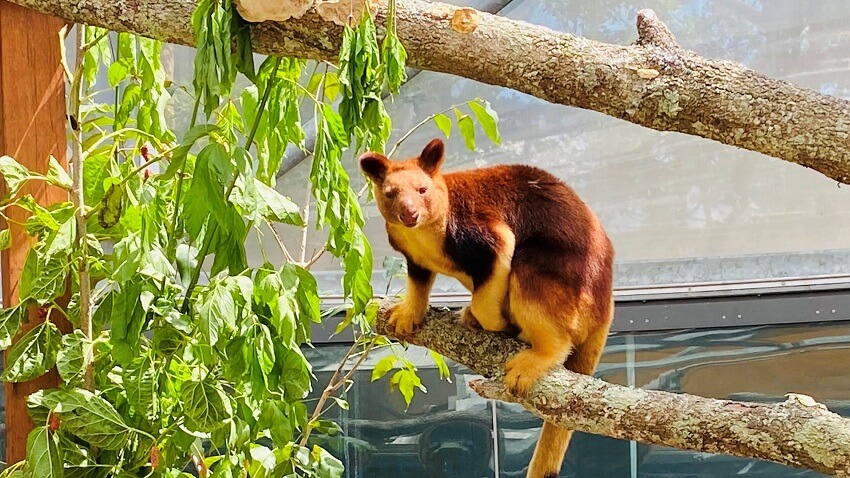
References: https://en.wikipedia.org/wiki/Tree-kangaroo
1.9. Platypus
- Kingdom: Animalia
- Phylum: Chordata
- Class: Mammalia
- Order: Monotremata
- Family: Ornithorhynchidae
- Genus: Ornithorhynchus Blumenbach, 1800
- Species: O. anatinus
The Platypus is a semi-aquatic mammal endemic to eastern Australia that lays eggs rather than giving birth to live young. It is one of the five surviving monotreme species and one of the few venomous mammals in the world. Although there are many platypus in the wild, their population is declining and is considered near-threatened.
Their brownish-silver fur helps them blend in with the water in rivers and streams without being detected. Because of this, tourists are very lucky if they get to see a platypus in the wild. Aside from the waterways along Australia’s east coast, only a few wildlife sanctuaries in Australia raise platypus. These include the Lone Pine Koala Sanctuary in Queensland, Taronga Zoo in Sydney, and Healesville Sanctuary near Melbourne.
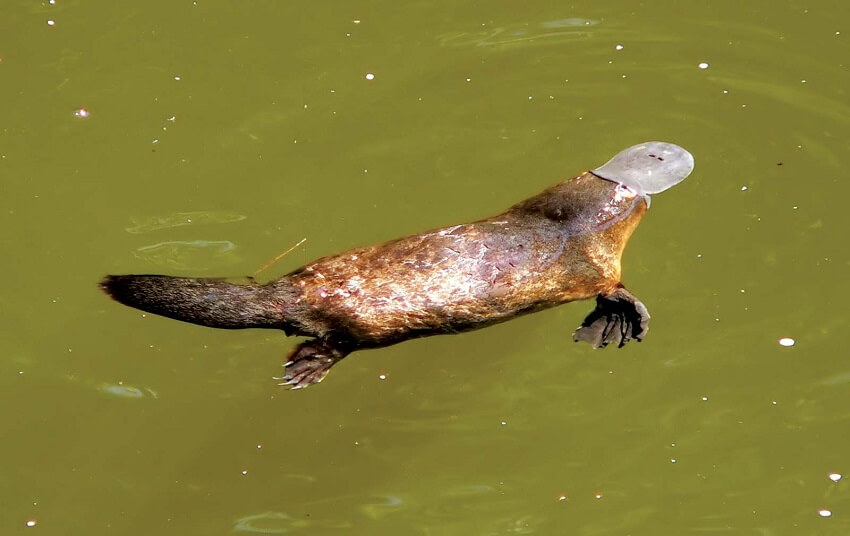
References: https://en.wikipedia.org/wiki/Platypus
1.10. Quoll
- Kingdom: Animalia
- Phylum: Chordata
- Class: Mammalia
- Infraclass: Marsupialia
- Order: Dasyuromorphia
- Family: Dasyuridae
- Subfamily: Dasyurinae
- Tribe: Dasyurini
- Genus: Dasyurus É. Geoffroy, 1796
The Quoll, also known as the marsupial cat, is a native carnivorous marsupial that lives in Australia. With a muscular body and a long tail, a Quoll looks like a mix between a Tasmanian Devil and a cat. Its dark brown coat with white spots and a cute pink nose make it look like a cartoon character. The Quoll is a nocturnal, solitary predator, and its diet consists of insects, reptiles, and small mammals.
There are four species of Quoll endemic to Australia: the western quoll, eastern quoll, spotted-tailed quoll, and northern quoll. Their breeding season is in early winter, and they can give birth to up to 20 young at a time. Quolls are found from the east coast of Australia to the island of Tasmania. You’ll have very few opportunities to see them in the wild outside of dedicated nature parks.
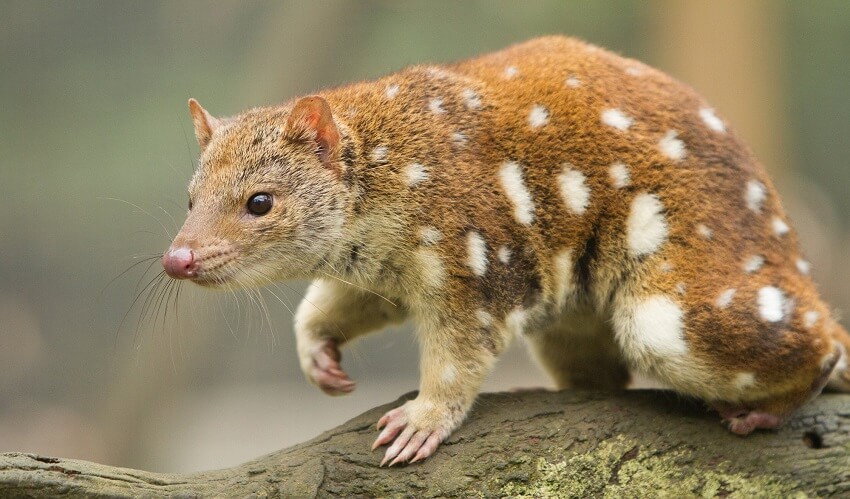
References: https://en.wikipedia.org/wiki/Quoll
2. FAQs
1. What animals are commonly seen in Australia?
Common animals in Australia include kangaroos, possums, magpies, cockatoos, snakes, spiders, and blue-tongue lizards.
2. Are kangaroos found in urban areas in Australia?
Yes, kangaroos are often spotted in suburban areas, especially near parks and golf courses in rural or semi-urban regions.
3. What are the most common birds in Australia?
The most common birds include magpies, cockatoos, kookaburras, and lorikeets. They are often seen in cities and gardens.
4. Are snakes and spiders common in Australian homes?
While not dangerous in most cases, snakes and spiders (like huntsman spiders) are commonly found in gardens and even inside homes.
5. Do people in Australia keep native animals as pets?
Some native animals like blue-tongue lizards and certain parrots are kept as pets, but others like koalas and kangaroos are protected and not allowed as pets.
This concludes our list of the Top 10 Most Common Animals in Australia, as shared by Know All Animals. We hope this article has helped you better understand the animals that live in Australia. Thank you for reading.
